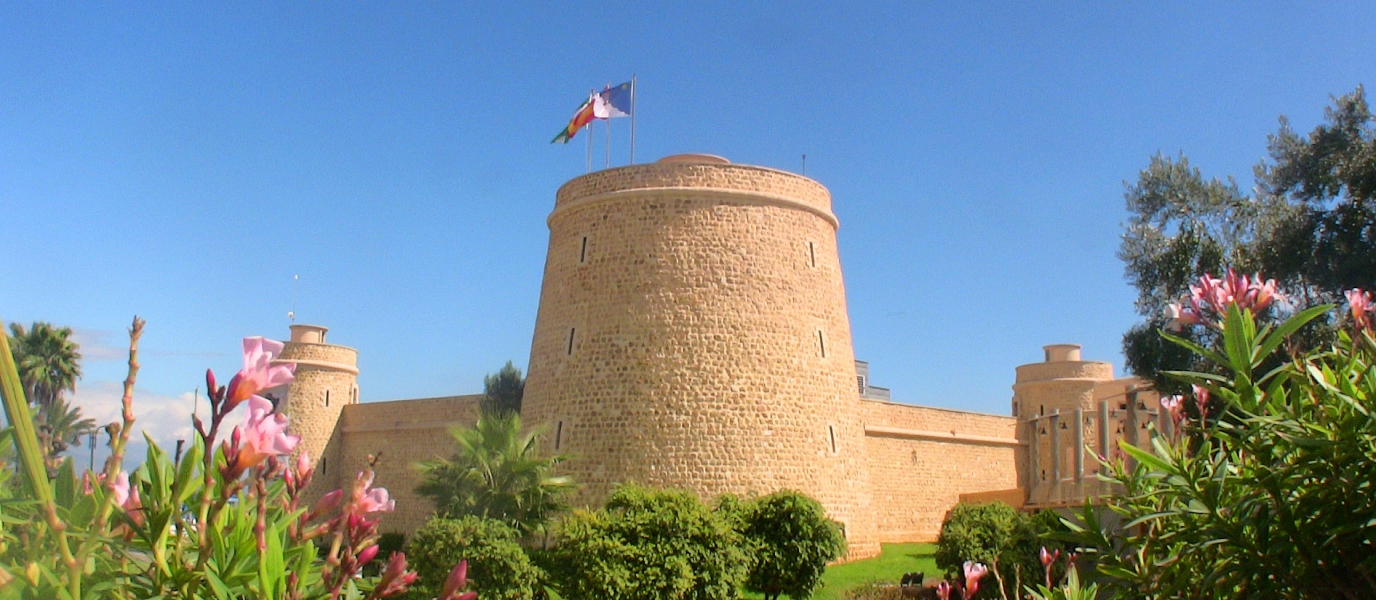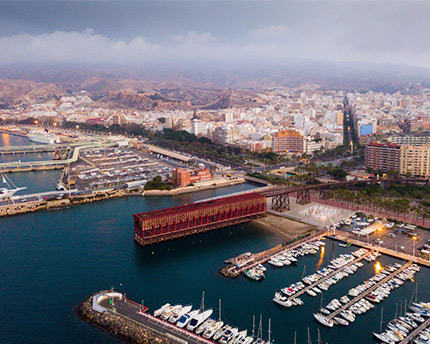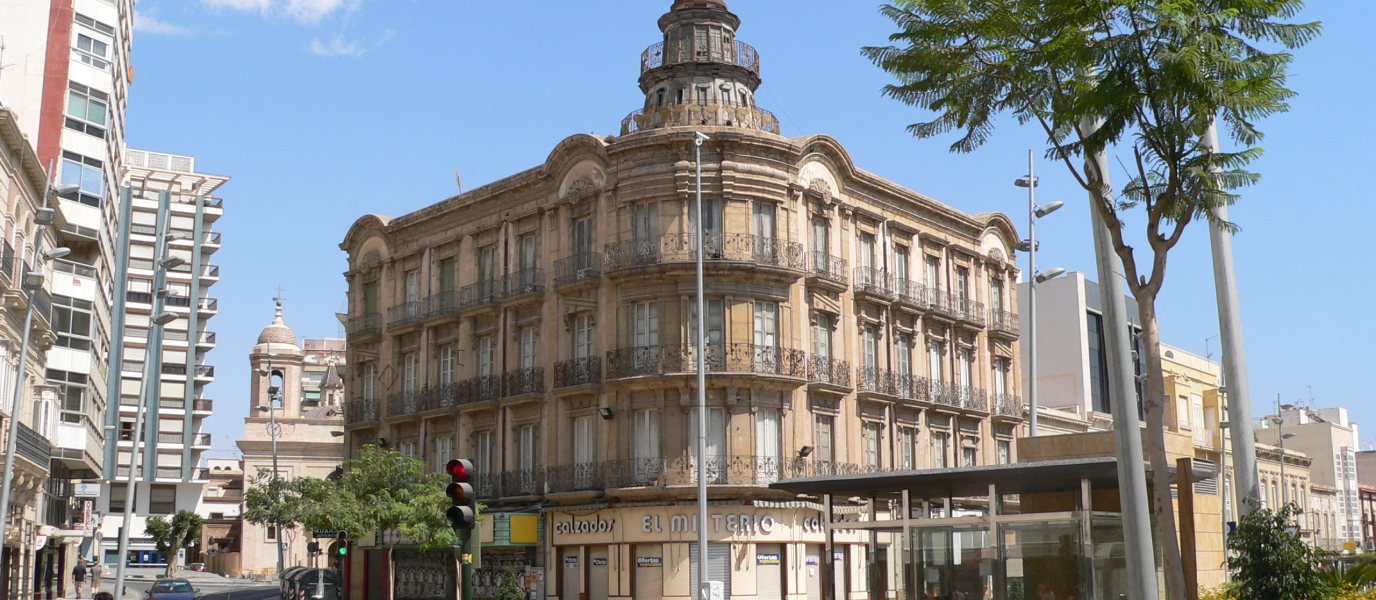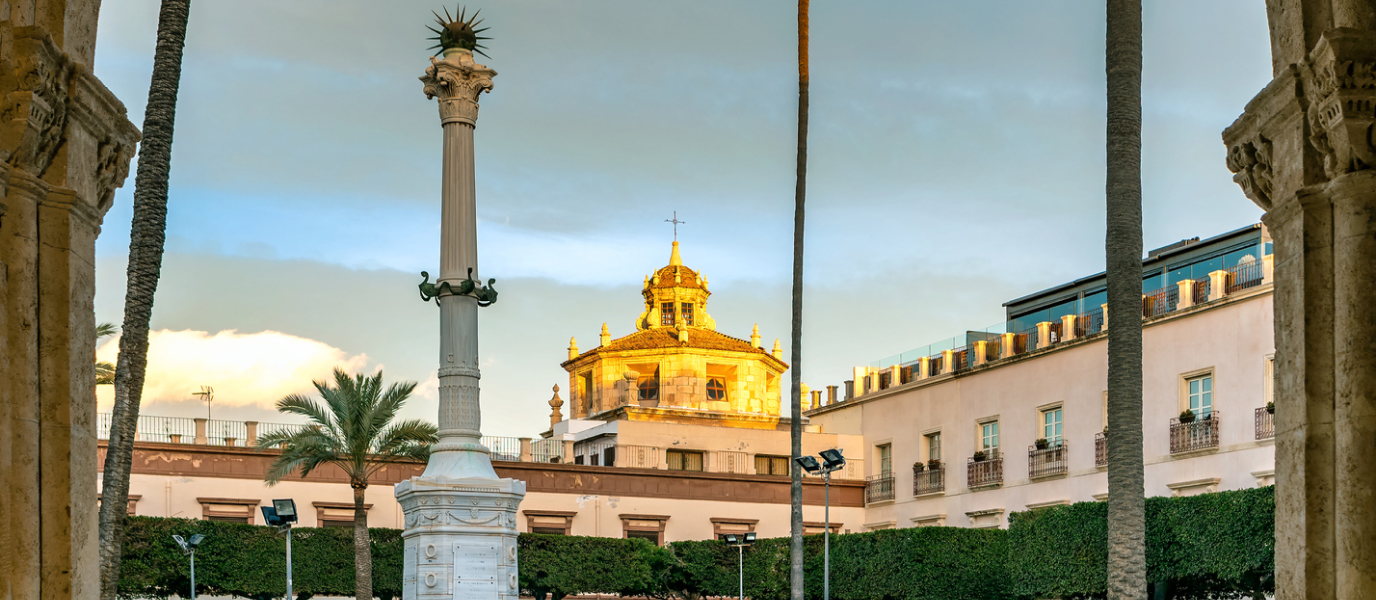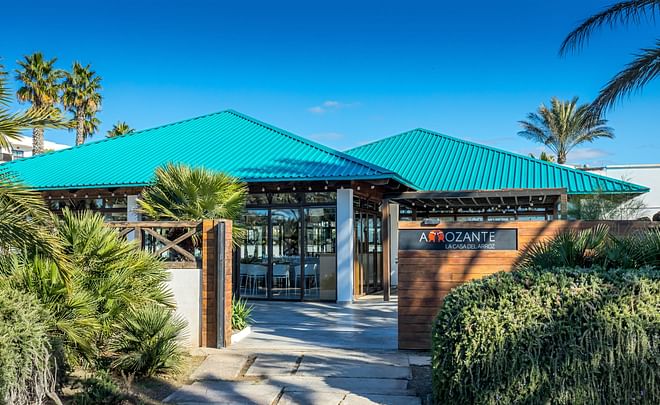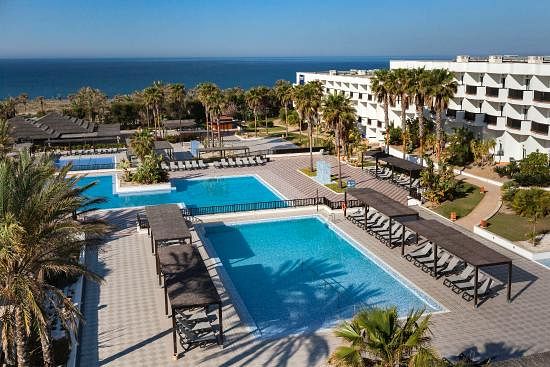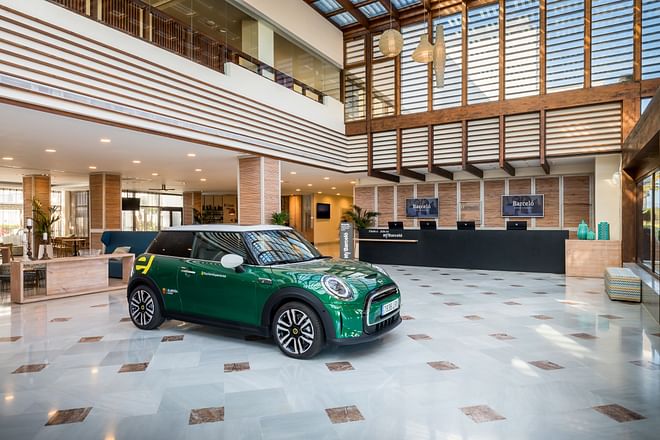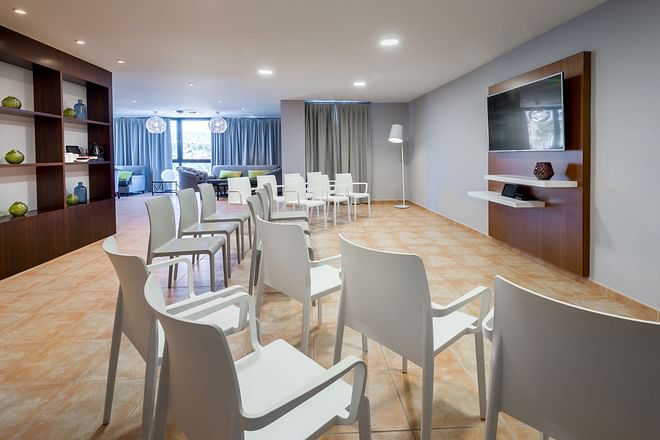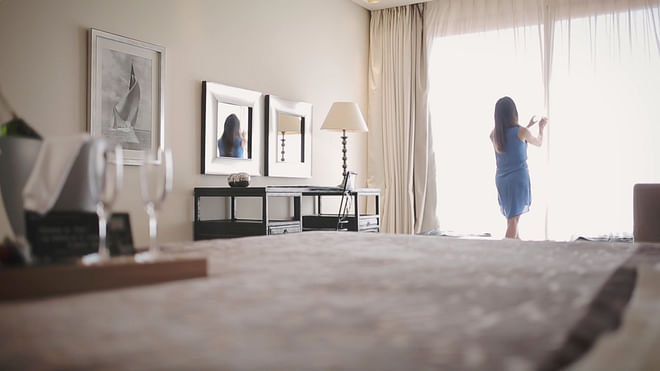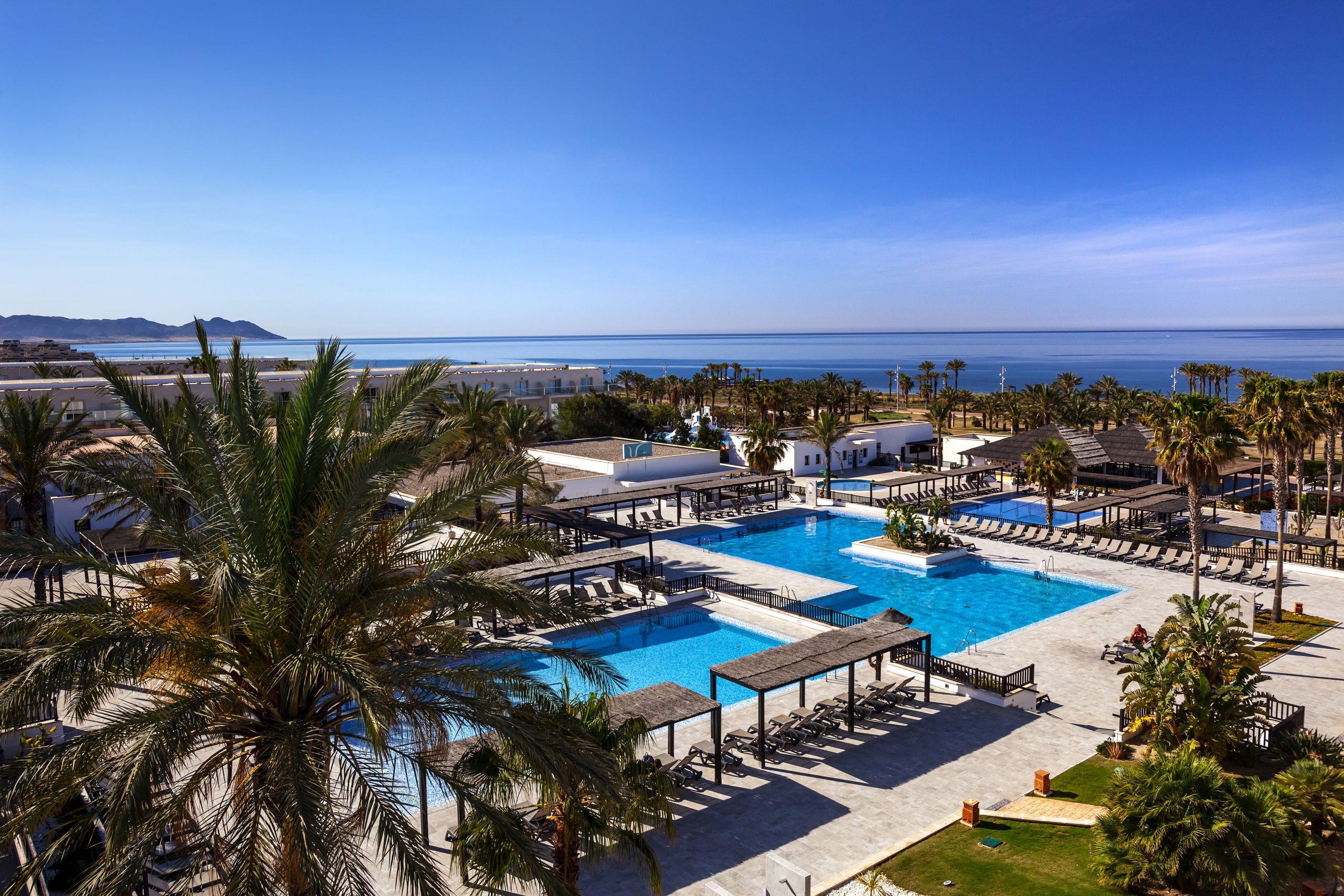The town of Roquetas de Mar is located on the coast of Almeria, just 21 km from the city of Almeria, and houses the 16th-century fortress of Castillo de Santa Ana. Originally built as a fortress to protect the townspeople during Berber pirate raids, the building is no longer used for military purposes, but houses an art and ethnographic museum. The museum offers a carefully curated cultural programme composed of art and photography exhibitions, live music concerts, and other shows throughout the year. Together with the amphitheatre and the lighthouse, the castle makes up what is popularly known as the ‘cultural triangle’, and was declared a UNESCO Cultural Heritage Monument in 1985.
Read on to discover the history behind this fascinating landmark.
Castillo de Santa Ana: its history
Before Castillo de Santa Ana was built in 1501, the site housed a 14th-centry tower built by the Nasrid ruler Yusuf IV of Granada. It took approximately 20 years to complete and it was built to protect the town from the incessant attacks perpetrated by Turkish pirates, who were keen in taking control of the lucrative salt production business. The town’s strategic position was so invaluable that 16th-century Spanish Monarchy didn’t hesitate in financing the subsequent extensions to the fortress.
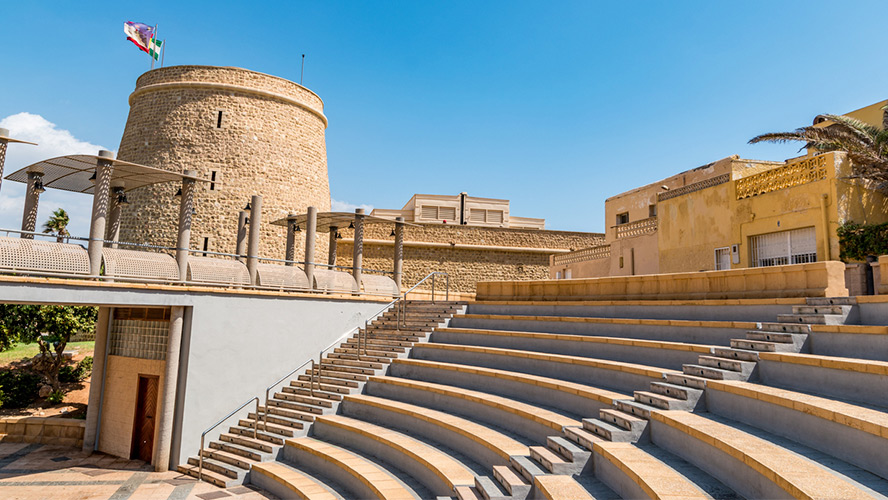
However, the beginning of the 17th century marked the beginning of the demise of fortification. The Spanish monarchy was experiencing financial difficulties so it could no longer afford the upkeep of the fortress, which was suffering ongoing pirate attacks. The Spanish Monarchy decided that the best temporary solution would be to enlist the financial help from wealthy, local families. This was the case of the De los Castro family, an Andalusian military family, who agreed to pay for the repair and expansion of the castle in exchange for the concession of a noble title. The armoury, which is the only standing part of the castle today, was built thanks to this family’s patronage throughout the 17th and 18th century.
Most of the castle as destroyed by the devastating 1804 earthquake that shook Roquetas de Mar. The castle wasn’t repaired and it fell into oblivion for most of the 19th and 20th centuries.
Castillo de Santa Ana: today
The castle is located right in the centre of the town, next to the beach. It is bounded by the amphitheatre – an open air theatre that can hold up to 400 people – and the lighthouse, built in 1863, which currently hosts cultural activities.
The only remaining part of the fortress is the armoury, which was completely refurbished using the original 17th century plans: the square-shaped armoury is made up of the same thick stone walls that formed part of the original design. Cannons flank the entrance gate just like they would have done when defending the town from pirate attacks. As striking as the exterior façade may be, the interior closely guards the most fascinating part.
A tour of the museum
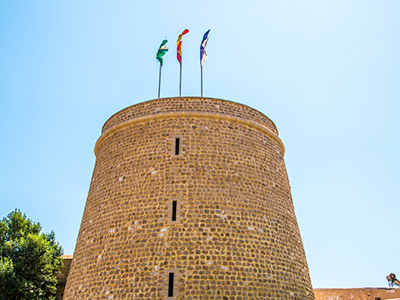
When Roquetas de Mar became a hot tourist destination in the 1970s, so began the town’s quest to regain its historical heritage. In 1968, the town council asked the Spanish government to give it the castle for free. Reconstruction work began in 1997 and in 2003 the castle reopened as an art museum. It is considered one of the region’s top museums and draws countless visitors every year.
The castle is divided into three main areas: the first floor, the second floor and the interior courtyard. The first floor houses a permanent photography exhibition and leads to the armoury. The permanent exhibition displays the work of the local photographer Jesús de Perceval and is titled Fragmentos de una vida que pasa (Fragments of life passing by). The photographer was part of the Indaliano artistic movement and his photography provides an authentic representation of life in Roquetas de Mar during the 1940s and 1950s. His family also donated some of the tools he used to the museum, which provides a closer look at his peculiar understanding of aesthetics.
There are several other works of art belonging to Spanish artists, including Carmen Pinteño, Julio Visconti, Garren and Ouka Leele, which are on display on the first floor. The museum also has on display The Disasters of War, a series of 82 prints by Francisco de Goya, depicting the atrocities committed during the 1808 Spanish War of Independence.
The second floor gives access to the turret which houses a fascinating exhibition of naval battleship mock-ups. You’ll also be treated to sweeping views of the coastline, including Cabo de Gata.
The interior courtyard, also called Atrio, houses the interpretation centre. This centre houses two temporary exhibition halls and a projection hall.

























































